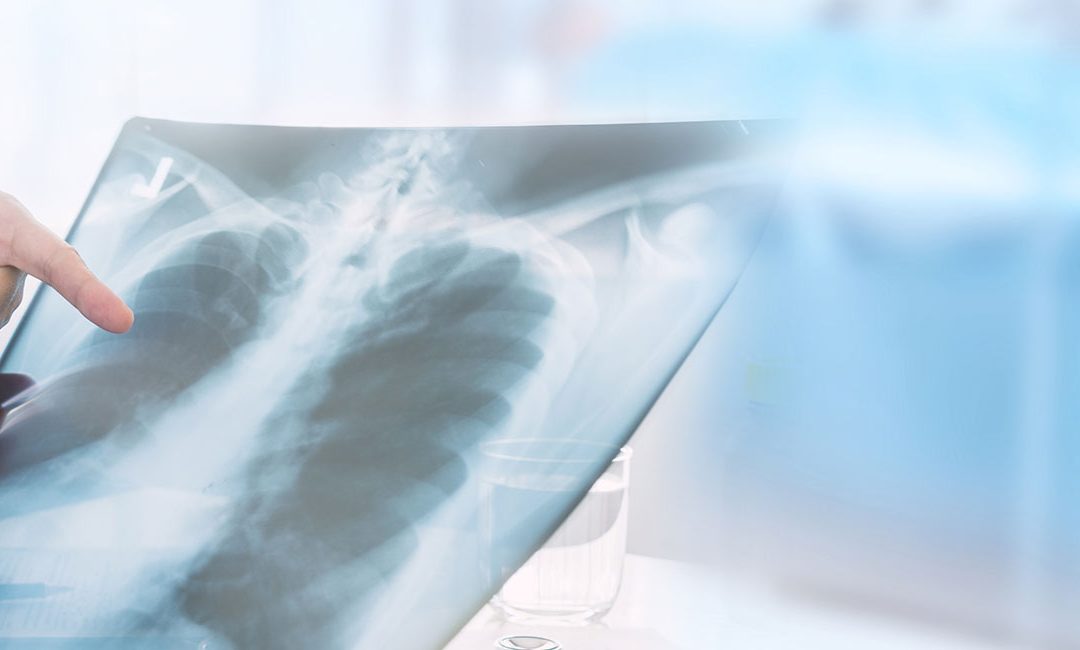The lumbar spine refers to the lower back which is made up of 5 small bones called vertebrae. A fibrous pad called the intervertebral disc is stacked between each vertebra to absorb all the external shocks on the spine. The disc is divided into two main parts- the outer ring and inner ring. The outer called the annulus fibrosus holds a gel like substance called the nucleus pulposus. A break or a crack in this outer ring causes the inner gel (nucleus pulposus) to flow out of the disc space. This condition is termed as Lumbar Herniated Disc. It can compress the small nerve roots that emerge out of the intervertebral joints. It may cause many other problems and can be physically limiting.
Causes
- Lack of physical activity or sitting for longer durations may weaken the vertebrae
- Poor posture is responsible for overstressing the lumbar spine and can lead to uneven distribution of weight on the lower extremities
- As a person ages, the body undergoes natural wear and tear which affects the vertebral bones as well as the discs that support them. The discs tend to dry out or become thin with time
- A diet deficient in calcium and minerals leads to loss of bone mass in the spine
- Being overweight can increase the risk of Lumber Herniated Disc Driving for long hours at a stretch can also lead to the condition
- Men are genetically predisposed to develop the condition
- Activities that involve a lot of bending, twisting and lifting weights can be a causative factor
Symptoms
Some people may not experience any symptoms and yet have a Herniated Disc. In others, the following symptoms may be observed:
- Muscle spasms and cramps
- Pain in the lower back and legs is a characteristic symptom of Lumbar Herniated Disc. The pain may vary from a dull ache to severe, sharp pain which tends to intensify when the patient coughs, bends or sneezes
- In extreme cases, loss of bowel and bladder control may be experienced
- In case of nerve pinching, the patient may experience a sharp shooting pain that radiates from the lower back to one side of the leg
- Weakness or instability may be felt in the legs and thighs
- Some patients may feel a tingling or pricking sensation in the legs or feet. Numbness may also occur
Diagnosis
- A detailed physical examination is conducted to check for the symptoms
- X-ray may be done to diagnose changes in the structure of the spine and disc spaces
- Neurological tests may be required to assess the loss of sensory capabilities
- The medical and family history of the patient may be analyzed
- CT scan and MRI can help to reveal the condition and position of the vertebrae as well as damage to the soft tissue structures
- Myelogram, a dye-induced CT scan, may be required for a detailed view of the spine
Treatment
Lumbar Herniated Disc can be treated by non-surgical as well as surgical methods depending on the level of the damage, patient’s age and existing health condition. Treatment may include:
- Cryotherapy: Application of ice packs at regular intervals for a couple of days can help to relieve pain.
- Medications: Anti-inflammatory medicines and muscle relaxants may be prescribed by the doctor to relieve the symptoms.
- Corticosteroids may be injected directly into the affected lumbar region in case of severe pain or muscle spasms.
- Heat therapy: It may be a good option to relax the muscles and improve the flow of blood to the affected part of the spine
- Surgery: If the patient does not respond to conservative methods, surgery may be required.
- Discectomy may be performed to remove the affected spinal vertebrae or the damaged part of the disc
- Physical therapy: A physical therapy program may be recommended post-surgery to help the patient regain flexibility and strength.
At OrthoTexas, we provide effective treatment for Lumbar Herniated Disc. To schedule an appointment with one of our orthopedic surgeons call 972-492-1334 (678.4689).


